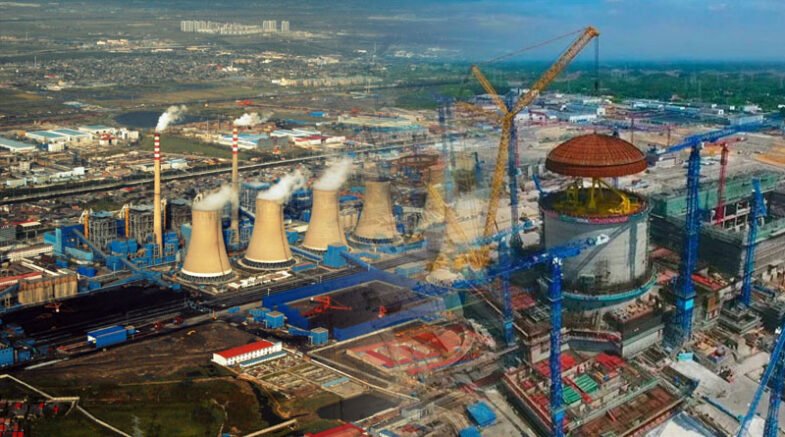By 2050, installed capacity in China could surpass 300 GWe as new reactor construction moves forward quickly.

China has the third-largest fleet of civil nuclear reactors in the world, after the United States and France, with an installed capacity of 56 GWe, and its ambitious expansion plan will make it the largest fleet by 2030.
The four policy goals of the government that are driving this programme are: improving energy supply security; lowering carbon dioxide emissions; fostering advanced industrial and technological development; and increasing technology exports.
About 4.8% of China’s electricity, 2.3% of its primary commercial energy supply, and 25% of its non-hydro, low-carbon electricity will come from nuclear power in 2021. With Generation III and high-temperature gas-cooled reactors in particular, the nation has made significant strides toward catching up to the most cutting-edge developments in other nations.
More advanced technologies like fast reactors, advanced fuel development, and reprocessing are still difficult to produce. Even though it was stated that the Belt and Road Initiative would result in the construction of up to 30 nuclear reactors worldwide by the year 2030, Pakistan currently has the only new overseas nuclear plants.
By 2050, installed capacity in China could surpass 300 GWe as new reactor construction moves forward quickly. At the same time, new technologies are being created that may eventually enable Chinese businesses to overtake other nations’ suppliers of nuclear reactors.
A civil nuclear reactor is a nuclear reactor that is used for electricity generation or research, rather than military purposes. Civil nuclear reactors use nuclear fission to generate heat, which is then used to produce steam that drives a turbine to generate electricity.
There are several types of civil nuclear reactors, including pressurized water reactors (PWRs), boiling water reactors (BWRs), heavy water reactors (HWRs), and gas-cooled reactors.
Civil nuclear energy has been used for electricity generation for many decades, and it is a significant source of low-carbon electricity in many countries around the world. However, the use of nuclear energy is not without controversy, as the disposal of nuclear waste and the potential for nuclear accidents are major concerns.
Some countries, such as Germany, have decided to phase out nuclear energy in favor of other low-carbon energy sources, while others, such as China and the United States, continue to expand their nuclear energy sectors.
